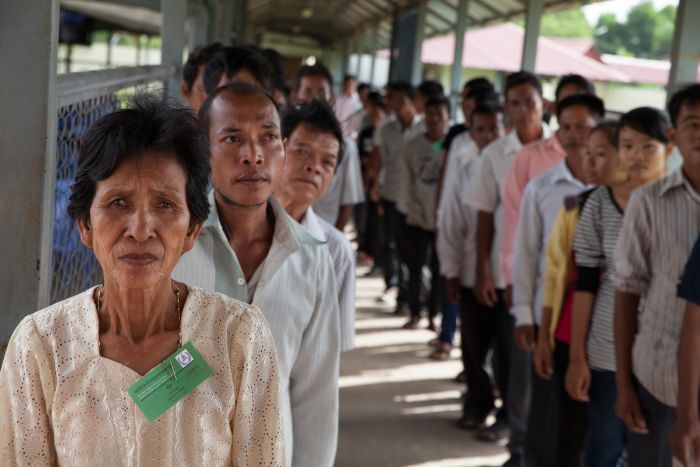< Country Case Studies
Central African Republic
The Central African Republic has struggled with political crises and armed conflict for years. In 2013, predominantly Muslim rebel groups banded together to oppose the government, committing mass atrocities against civilians as they marched on the capital. Largely Christian self-defense forces began targeting Muslim civilians in response. A 2014 United Nations report concluded that abuses by these forces amounted to ethnic cleansing of the country’s Muslim community. There has been very little justice or accountability for these abuses. Violence escalated again in late 2020 when former President François Bozizé joined rebel groups launching attacks aimed at disrupting the elections. The government held elections despite the attacks, and violence continued into 2021. Read conflict background, analysis of the US government’s response, and an assessment on the risk of new mass killing.
-
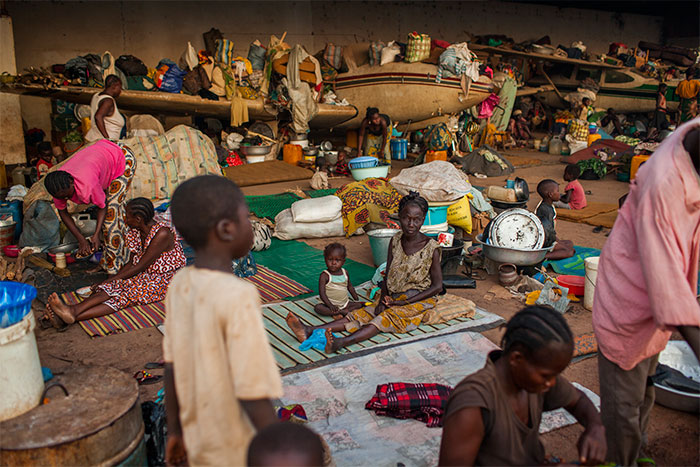
Political and Ethnic Violence, 2013-2017
Tensions that had mounted over a decade erupted in atrocities against civilians following the collapse of the Bozizé government.
-
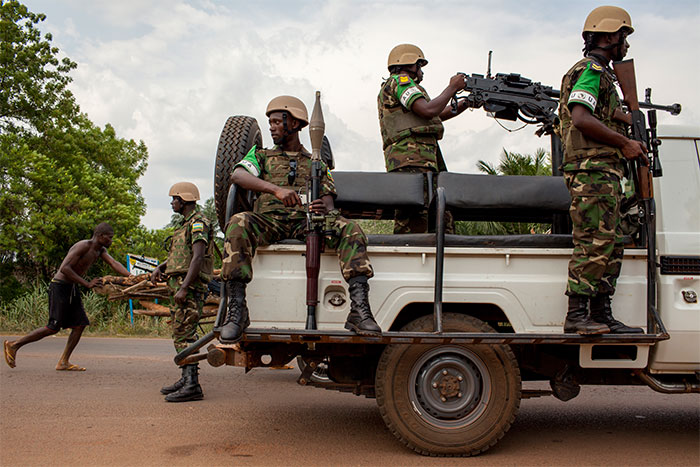
Analysis of US Government Response
A 2016 report by Leonard and Sophie Davis Genocide Prevention Fellow Charlie Brown explores how the Obama administration responded to the crisis in the Central African Republic.
-
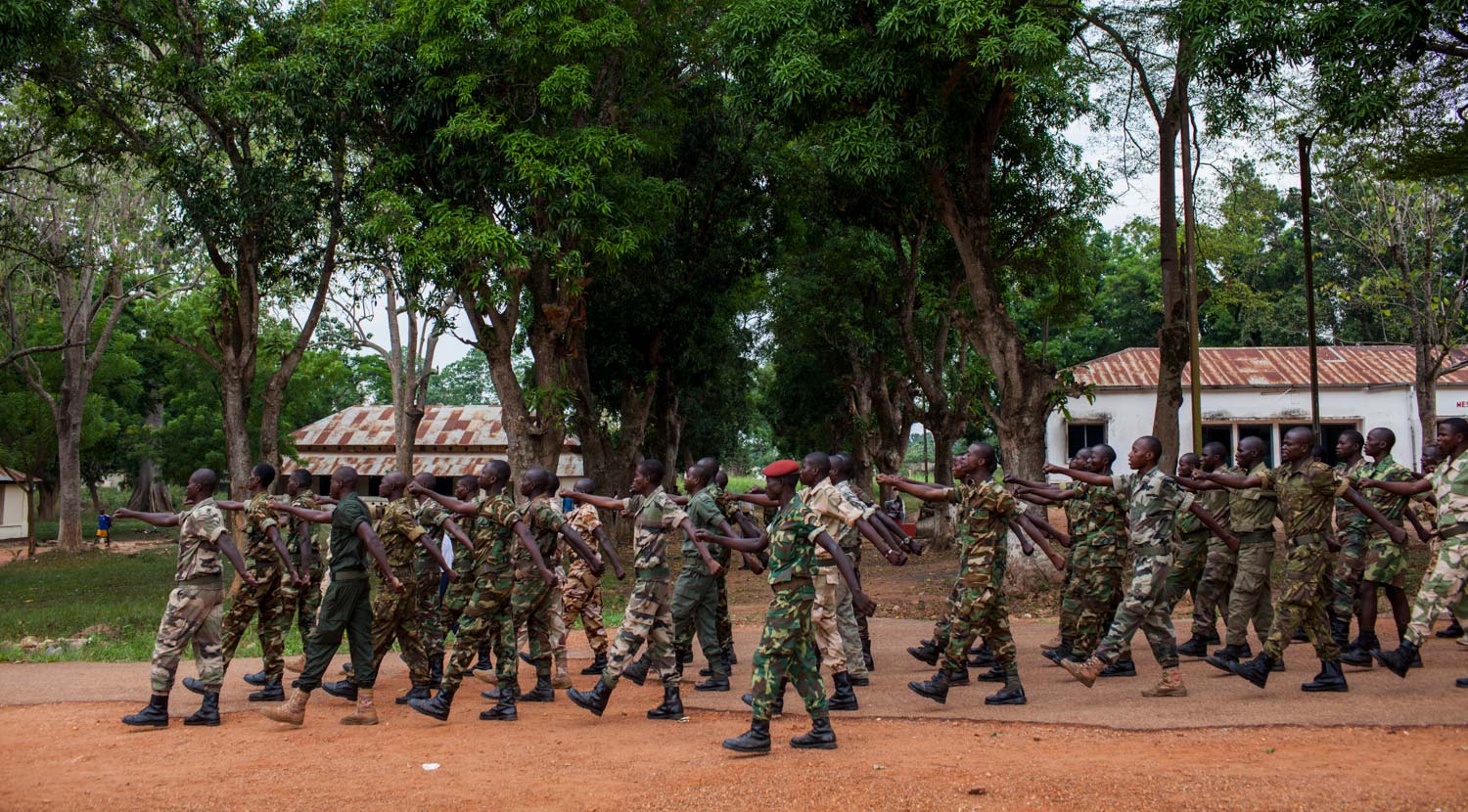
Risk of Mass Killing
Our quantitative assessment, from the Early Warning Project, estimates the risk of a new mass killing in the Central African Republic.
-
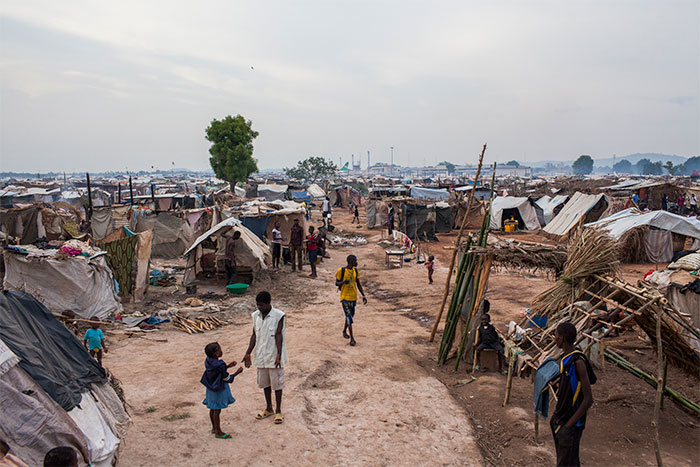
Photo Gallery
See photos taken by Michael Christopher Brown in the Central African Republic in March 2014.



